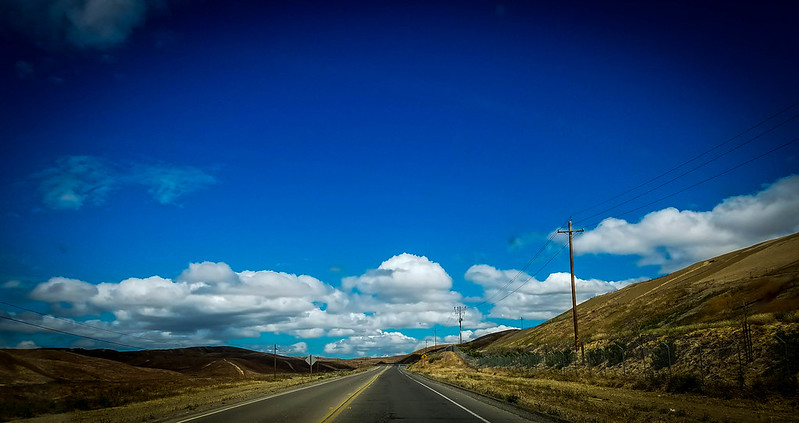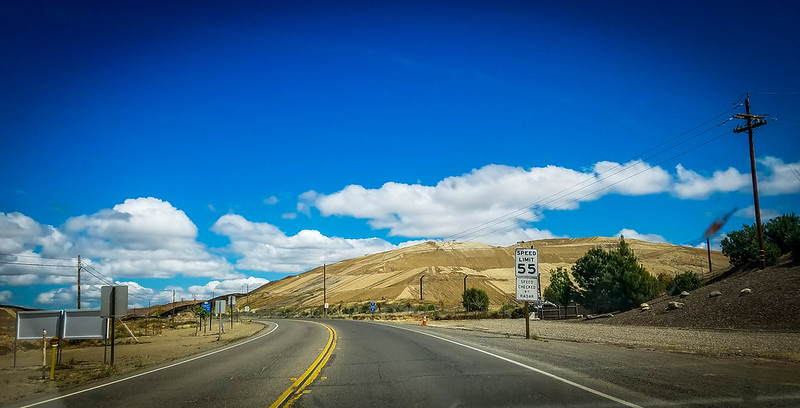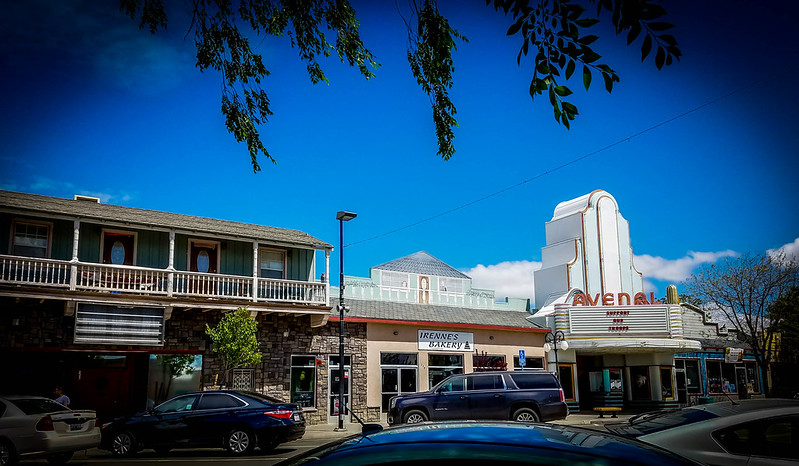
I recently traveled to the town/city of Avenal, California located in the Central California (Kings County) area.
With a population of 13,195 (2015), the city is known these days for the Avenal State Prison which provides a thousand jobs to residents in the area.
Named by Spanish soldiers and explorers, Avenal is derived from the Spanish word “avena” which means oats and “avenal” which means oatfield, as the area was covered with wild oats that covered the plains.
Long ago, when I visited the area on business, I was taken on a tour to the local high school and what was surprising is seeing photos which the students were primarily Caucasian, which is not the case today as the location is now primarily Latino residents. I was told the reason why, was because Avenal was once a thriving oil town.


I was told by long time resident that back in the early 1900’s, many people came to Avenal because of oil. With the hills that surround the area, Native Americans knew about the oil as there is natural seepage around the nearby city, Coaling and Tar Canyon.
On October 1928, a well below out and the noise was heard as far as 20 miles away and white oil spewed from the area. This would eventually lead into a boom of residents coming to Avenal.

And by 1929, Standard Oil would help make Avenal to a town with a general store, fire department, a 600-seat theater and a hospital. In fact, by visiting downtown, the theater which was built in 1935 still exists, including older buildings next door to it.
And by 1940, Avenal became the second largest town in Kings County and Avenal was known as “Oil Fields Capital”.
This leads to the second thing that I learned about the history of Avenal which I found surprising. From a longtime resident, who was the long time editor of the local newspaper for decades before it was acquired (and before his death), while I was shown around the city by him, he told me an amazing story that I couldn’t believe until he showed me proof. Up near the surrounding hills many years ago, there are fossilized seashells on top of the hills.
When he told me that, I was blown away.
Possibly in prehistoric times during the middle Neocene and Pliocene-age, ancient oceans reached up to the Kettleman Hills.
There are sand dollars that are all around those hills and while the city of Avenal may look like a desert town in the middle of nowhere, there is no denying that those hills hold a lot of fossils that are unexplored. Please note that collecting fossils in the hills is illegal and also for one’s safety because the area is uncultivated, the spores from the airborne fungus can lead to Valley Fever. It made me even wonder if those who worked in oil drilling around those hills back then suffered and possibly died from Valley Fever.
But ancient sea life can also be found in the area around Bakersfield, California in Kern County where large ancient shark tooth can be found in an area called Sharktooth Hill.
But with the ancient history of ocean life in the area, this would possibly lead to why Avenal’s distinction as “Oil Fields Capital” would eventually go bust.
As the area was known for its hills with oil, salt water would eventually be found in the oil reservoir and thus 65-70% of the hills in the area are undisturbed.
Many of the people who came to Avenal for jobs in the oil industry or to discover oil would eventually move away from Avenal, vacating the stores, buildings and houses in the area.
And in the 1960’s, the city would eventually bring in agricultural workers and eventually, Avenal would have a shift, with a more Latino population in the past several decades compared to Avenal of the 1920-1950’s.
So, while the town is no longer the second largest city in Kings County, nor is it known for its oil any longer, the city of Avenal is now known for two things, the city council in 2013 has self-proclaimed Avenal as the “Pistachio Capital of the World” and for the Avenal State Prison.
For more information about the city of Avenal, please visit the following website.
